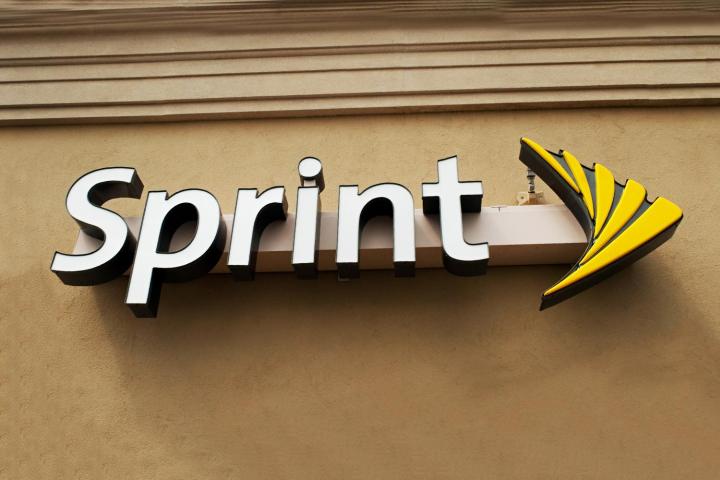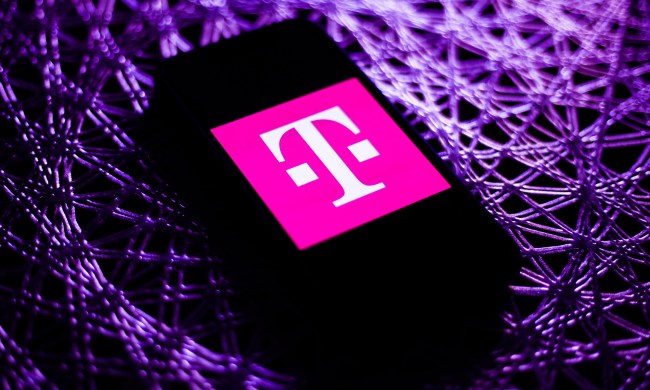
For Sprint to get competitive and become a network more people want to use, it needs to focus on a few key issues — some of which come straight out of T-Mobile playbook. Sprint also has a serious edge that, if used correctly, could help it stay ahead as more and more people demand high speed smartphones.
Related: Say hello to Sprint’s new CEO, hired as T-Mobile merger falls apart
Learn from T-Mobile
Since John Legere took charge, T-Mobile has evolved into a game-changer for the wireless industry. While AT&T and Verizon remain unwavered in charging data caps, From ending overage fees to free international data and texting, T-Mobile has been claiming its goals are not just about winning customers, but also changing the industry.
Since John Legere took charge, T-Mobile has evolved into a game-changer for the wireless industry.
Related: T-Mobile tops Sprint to become most popular prepaid phone carrier in U.S.
While Sprint throttles heavy users, John Legere sits on Twitter cracking jokes about his competitors; everyone loves him. Back in 2011, Sprint and T-Mobile were very much alike; two small carriers with a weakening market share. Now things have changed, and its up for Sprint to learn how to be a Uncarrier from T-Mobile. Sprint needs a serious makeover, and the Framily isn’t the right kind of makeover. If Sprint puts itself in the spotlight just like John Legere and focuses on delivering good service to its customers, it could win back market share.
Invest in your network
Let’s face it, Sprint’s network has lagged far behind the other three carriers. It was first to start implementing 4G way back in 2010, but it picked WiMax instead of the winning LTE standard, and now it’s remaking its 4G network and is last to roll it out nationwide. T-Mobile, which just started rolling out 4G LTE, has already surpassed Sprint in LTE coverage, according to OpenSignal.
A lot of this has to due with the sheer cost of upgrading a network. T-Mobile and Sprint both carry hefty debts as a result of their network upgrades, but T-Mobile’s $17 billion in debt is nearly half of the $33 billion Sprint owes. With so much debt on the table, it’s been difficult for Sprint and its owner Softbank to throw down the cash needed to upgrade every single cell tower to 4G LTE.
Despite this debt though, doubling down and investing in the network is the only way Sprint can prove itself to customers. Sprint is still part of Softbank, which was willing to shell out over $30 billion for T-Mobile. Some of that money better trickle down into network infrastructure. Until Sprint’s LTE network can rival that of the other three carriers, it will continue be the target of ridicule for having slow speeds and high congestion. Building out its network is also the only way Sprint can make use of its one advantage.
Next Page: Sprint’s potential silver bullet and its source of major congestion.
Sprint’s silver bullet
Back in 2005, Sprint bought Nextel, leading to a very long and troublesome merger between the two wireless companies. Almost a decade later, the Nextel buyout could be Sprint’s silver bullet.
When Sprint bought the Nextel network, it also bought the company’s iDEN network, which was originally used for push-to-talk services over mobile. However, the spectrum used in that network happens to fall in the 800MHz realm – which is prime real estate for serving high-speed LTE data. While all four of the carriers brag about their 4G LTE speeds, in reality network congestion has become a serious problem for users in major cities (dense populations). While frequencies for mobile usage range from 700 to 1600MHz and beyond, those that fall around 700 to 800MHz offer far better performance in congested areas. This frequency, which became available for use in 2013, is what Sprint has been using as part of its new Spark network for high speeds in major metropolitan areas.
When you put together all of its spectrum offerings, Sprint has some of the largest holdings of spectrum in the industry, especially for high-speed LTE. This major holding is a key reason regulators were afraid of a merger with T-Mobile, which would give one carrier far too much spectrum control. Sprint needs to find a way to best use its valuable spectrum, especially as congestion continues to plague all four of the major carriers.
Related: FCC Chairman Tom Wheeler is relieved Sprint and T-Mobile aren’t merging
Focus on your brand, not MVNOs
Speaking of congestion, despite having so much network bandwidth, any regular user of Sprint’s network has likely seen a lot of network slowdowns. So what’s eating up all the bandwidth on Sprint’s big network? Mobile Virtual Network Operators. You may not know the term, but you’ve probably heard of Virgin Mobile, Ting, Boost Mobile, and other smaller carriers. These services (and many others) use Sprint’s network.
Almost a decade later, the Nextel buyout could be Sprint’s silver bullet.
Sprint caters to more MVNOs than any other carrier. Of the 140-plus MVNOs in the United States, Sprint is the primary service provider for more than half, including the big ones like Republic Wireless, Straight Talk, and Virgin Mobile USA (which Sprint now owns.) These MVNOs do pay for the services they use on Sprint’s network, but eat away at network availability for Sprint customers during peak hours.
There’s technically nothing wrong with Sprint supplying MVNOs with its excess bandwidth, especially since it helps guarantee income for Sprint. But when your network is hurting, it might be smart to consolidate your holdings. Sprint may have some of the most diverse spectrum, but with all of its MVNOs and a weakened brand, it’s hurting itself more than helping. If Sprint plans to compete against T-Mobile, Verizon, and AT&T, it needs to ensure bandwidth is available for Sprint customers, which may require sacrificing MVNO agreements.
Out-innovate the Uncarrier
It isn’t hard to be the Uncarrier. There’s no American Idol vote and T-Mobile didn’t win its title as Uncarrier either, it just started acting like one. There’s nothing stopping Sprint, just like every other major carrier, from trying to out-innovate even T-Mobile’s own Uncarrier ways. After all, T-Mobile may be claiming it wants to change the industry, but in reality it’s also trying to just win over customers.
Related: Is T-Mobile really the “Uncarrier” or is it just a marketing gimmick?
For Sprint to win customers and turn itself around, it needs to think three moves ahead, just like T-Mobile. At its Uncarrier 5.0/6.0 event back in June, T-Mobile already bragged about its plans for Uncarrier version 7.0 in the coming months. Sprint needs to plan its own ways to entice customers. It can’t compete trying to act like AT&T or Verizon.
This could all be a new beginning for the carrier from Overland Park, Kansas, or its death knell. There’s nothing stopping Sprint from doing any one of these things to help get itself back in the race.


